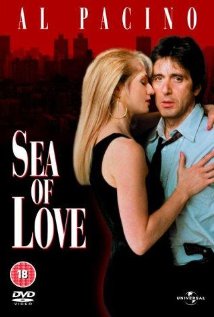 Sea of Love/1989/Universal Pictures/113 min.
Sea of Love/1989/Universal Pictures/113 min.
“Sea of Love” is what you might call a neurotic and erotic thriller, dealing as it does with one of the most terrifying settings imaginable: the New York City singles scene.
Deftly directed by Harold Becker, with a magnificent script by Richard Price, “Sea of Love” is a deeply satisfying neo-noir, which has been oddly neglected since its 1989 release.
One of the movie’s many strengths is a knock-out lead performance by Al Pacino as veteran NYC police detective Frank Keller. Frank is feisty, hard-working and intense, but he’s got weaknesses aplenty: he drinks too much, as does his elderly father (William Hickey), he’s sick of his job, and his ex-wife left him to hook up with his fellow cop, Gruber (Richard Jenkins).
Meanwhile, Frank’s got a crime to solve: Two men have been shot in the head in their bedrooms. Lipstick-smeared cigarette butts point to a female killer. Said killer apparently finds her victims by answering singles’ ads in a magazine.
Frank figures: why not place an ad and see if the murderess shows up for a get-to-know-you drink? So, aided by jovial chubster Det. Sherman Touhey (John Goodman), they meet a procession of available women, including one who quips, lest you forget you’re watching a neo-noir: “Fate sucks, I swear!”
The most intriguing candidate, though, is a slim, flinty blonde in a red-leather jacket named Helen Cruger (Ellen Barkin). Finding that he’s attracted to her, Frank puts her name at the bottom of the suspect list, and the two begin an uneasy love affair. We learn that Helen runs a shoe store on 57th Street and that she’s divorced with a young daughter.
The passion grows and the police work proceeds, but neither are smooth sailing especially when another man (this one married, with a family) turns up dead, with the same MO. No one likes to put pressure on a relationship in those early, heady days, but at the same time it’s best to know asap if firearms are tucked inside a gal’s baggage.
It’s a tense wait to see how Frank rates as a judge of character. But I didn’t mind the wait one bit; in fact, I didn’t want this flick to end. Even though the plot is fairly straightforward, there are many layers of subtext to the central narrative and there’s an earthy realness in every scene. For example, the opening is a police bust that has nothing to do with the imminent murders – don’t blink and you’ll see young Samuel L. Jackson.
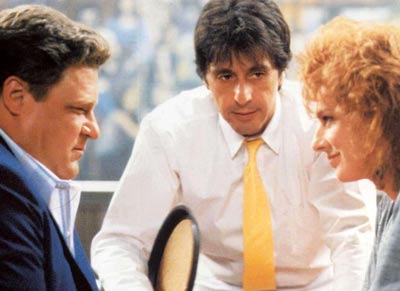
All in a day’s work: Sherman (John Goodman) and Frank (Al Pacino) go on fake dates to catch a killer who targets victims through the singles pages.
In the DVD commentary, director Becker, a New York native, calls these slightly off-track parts “moments that build the rich texture of New York life.” To that end, Becker took particular care casting the many smaller roles, choosing “New York actors who would give authenticity and richness to the scene.”
Pacino’s wonderful in this part, his first screen role after a several-year hiatus during which he worked in theater, his first love. Though it’s not much of a stretch for him, the always-engaging Goodman makes the ideal partner for Pacino. Barkin effortlessly inhabits Helen – a tough working girl who gives as good as she gets, as Becker puts it. (Becker further describes Barkin as being beautiful with a boxer’s nose, which might not exactly endear him to her.)
Of course, Gotham City itself also serves as a major character, with brash, bold attitude and cheeky swagger, that has lent an air of mystery to many a noir. Becker says he tapped cinematographer Ronnie Taylor to help him tell a story with light and shadow.
Harold Jones’ sax-drenched score helps conjure the mood of a New York nightscape: thrilling and sad; transient and eternally alluring. (The soundtrack also includes a Tom Waits cover of “Sea of Love.” The original was a 1959 Phil Phillips song.)
Another key ingredient: “Sea of Love’s” first-rate script by Richard Price, a precise and accurate rendering of police work and their lingo as well as a sympathetic take on singles seeking other singles.
And it’s funny. There are many LOL moments – for instance, when Frank and Sherman are assessing their lonely-heart suspects, Sherman asks Frank: “Think you could go for a babe with a dick?” to which Frank replies: “Depends on her personality, really.”
I suspect that “Sea of Love” served as inspiration for 1992’s “Basic Instinct,” written by Joe Eszterhas, who reportedly snagged a $3 million paycheck for the story of police detective Michael Douglas falling in love with murder suspect Sharon Stone. I’d bet $3 million that Price didn’t get nearly as much Eszterhas. “Basic Instinct” can boast high gloss, inventive cinematography and a famous shot of Stone without underwear, but “Sea of Love” is a smarter, far more human, and funnier movie.
Does anyone know what Richard Price is doing these days? In this era of online dating, maybe we need a Sea-quel.
“Sea of Love” is available on DVD and Blu-ray from Universal on Amazon.
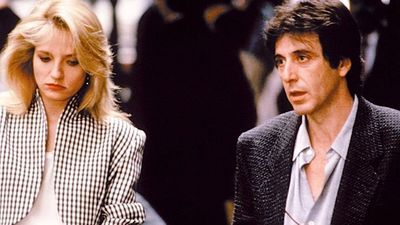





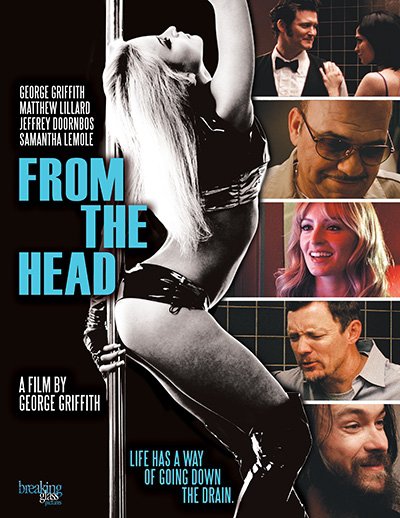
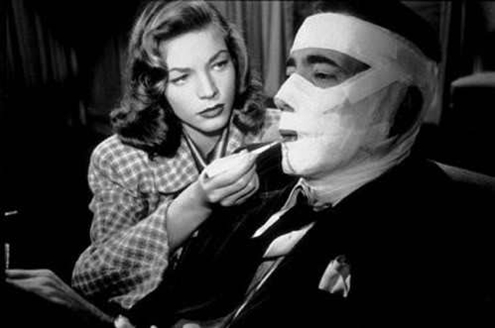
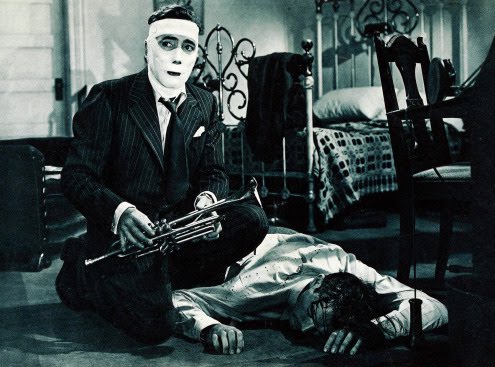
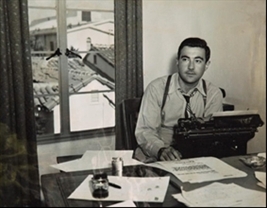
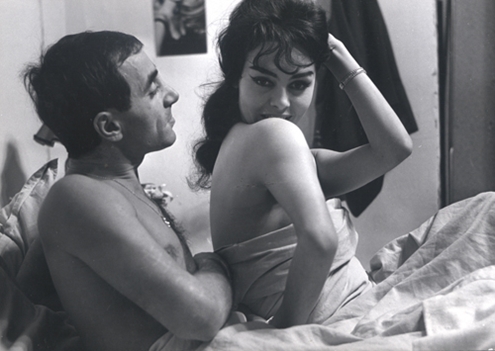
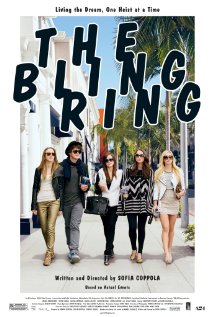


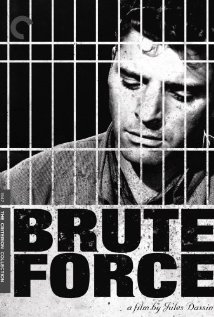
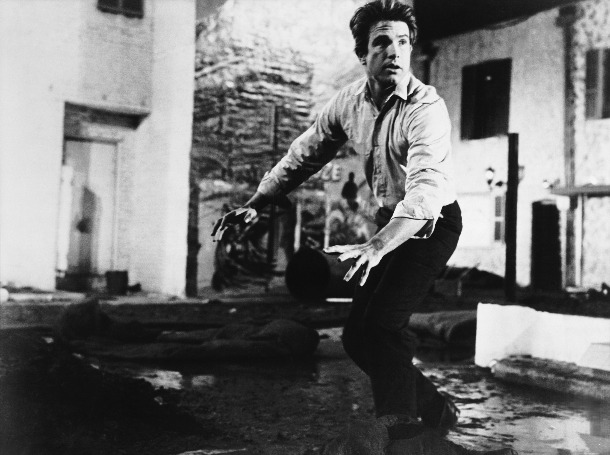
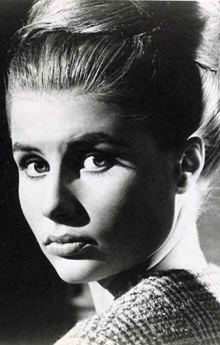
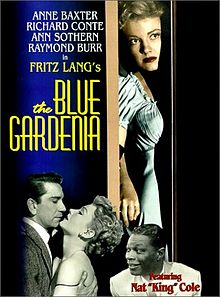
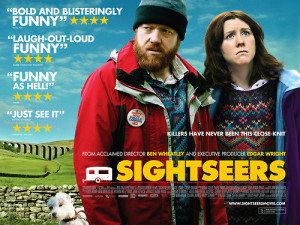
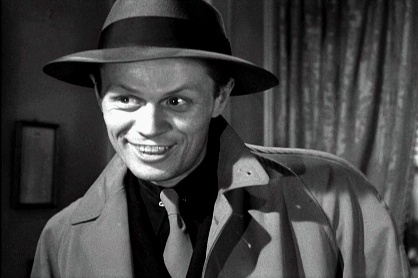
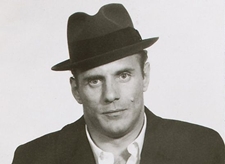





From FNB readers